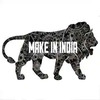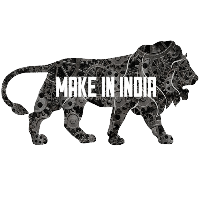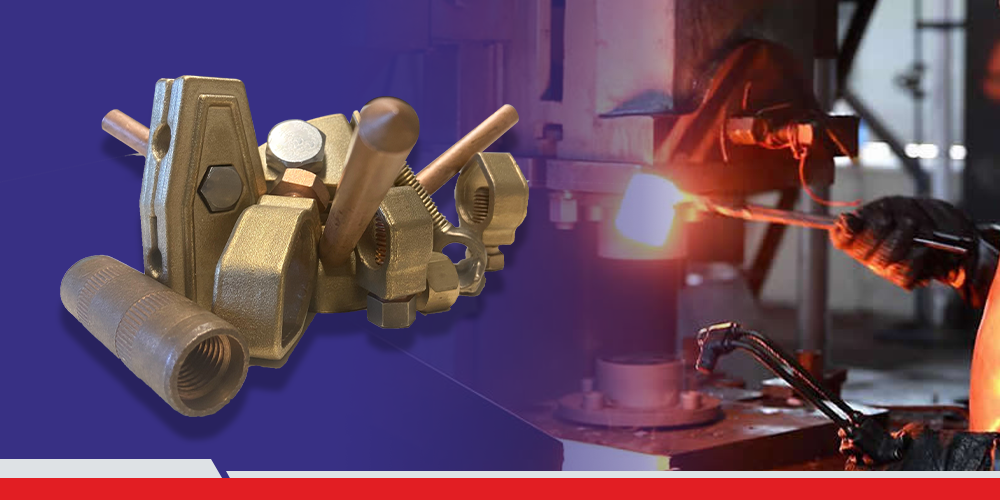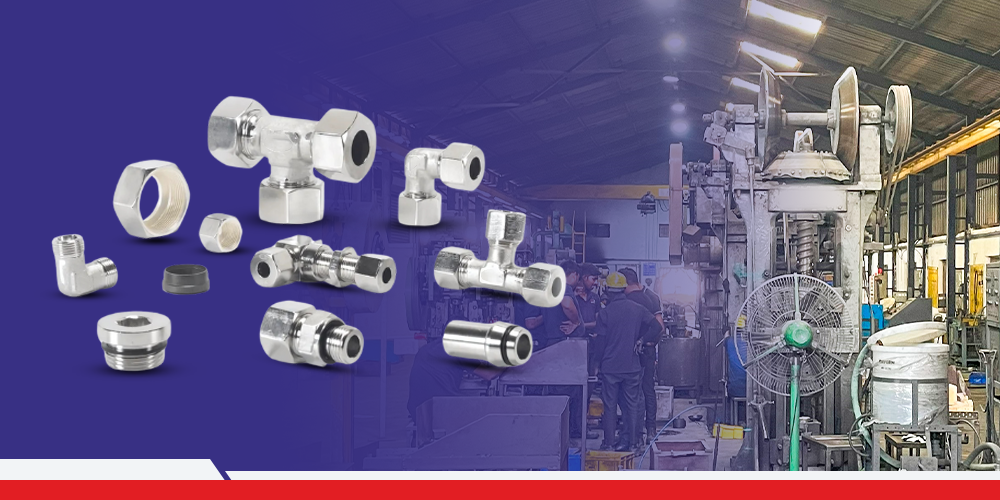Sales Inquiry
How Non-Ferrous Forged Components Enhance Performance
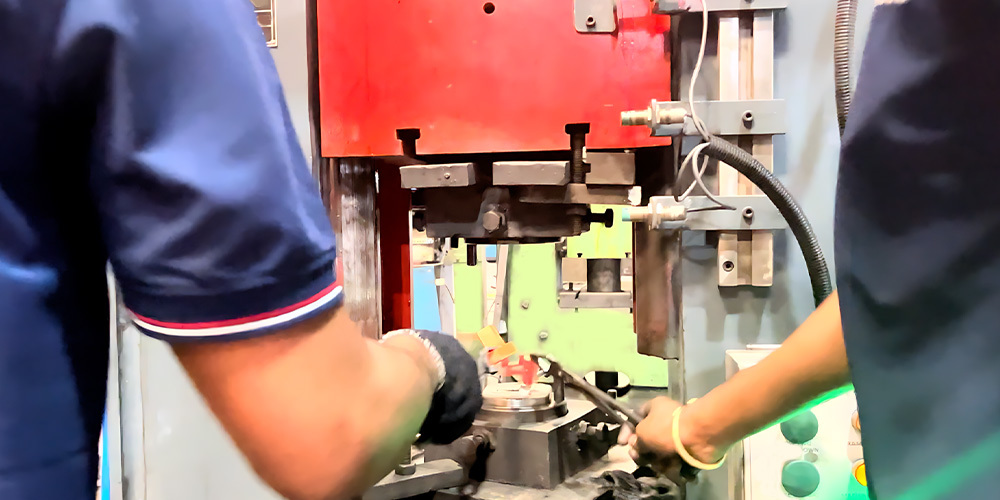
Table of Contents
- 1. Introduction
- 2. What are Non-Ferrous Forged Components?
- 3. The Forging Process: Crafting Strength and Precision
- 4. Unveiling the Benefits of Non-Ferrous Forged Components
- 5. Applications: Where Non-Ferrous Forged Components Shine
- 6. Choosing the Right Non-Ferrous Material for Your Forged Component
- 7. Partnering with a Reputable Non-Ferrous Forging Manufacturer
- 8.Conclusion
Introduction
In the relentless pursuit of performance optimization, engineers and designers are constantly seeking materials that can push the boundaries of possibility. Non-ferrous forged components have emerged as a game-changer in this quest, offering a unique blend of strength, weight reduction, and design flexibility. This blog post delves into the world of non-ferrous forged components, exploring their production process, the multitude of benefits they offer, and the diverse applications where they excel.
What are Non-Ferrous Forged Components?
Non-ferrous forged components are metal parts manufactured from metals that do not contain significant amounts of iron. These metals, including aluminium, copper, magnesium, and nickel alloys, possess unique properties that make them highly desirable for various engineering applications.
The forging process itself involves shaping the metal into the desired form by applying compressive force. This intense pressure creates a refined grain structure within the metal, resulting in exceptional strength, uniformity, and dimensional accuracy.
The Forging Process: Crafting Strength and Precision
Forging is a time-tested metalworking technique that transforms raw metal into high-performance components. Here's a breakdown of the key steps involved:
- Heating: The non-ferrous metal billet is heated to a specific temperature, making it malleable and easier to shape.
- Shaping: The heated metal is subjected to high compressive forces using hammers, presses, or dies. This force plastically deforms the metal into the desired shape.
- Trimming and Finishing: Excess material is removed from the forged component, and final finishing touches are applied to ensure dimensional accuracy and surface quality.
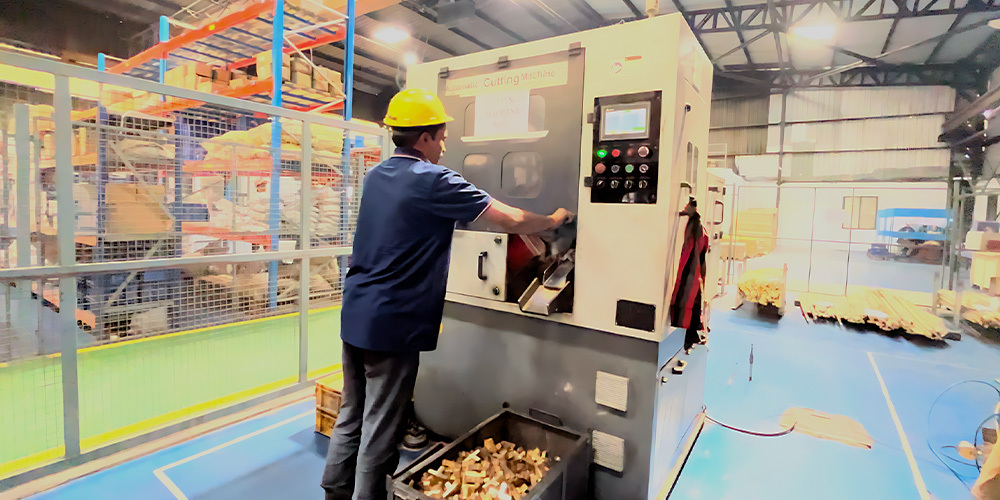
Advantages of Forging over Other Techniques
Compared to other metalworking methods like casting or machining, forging offers several distinct advantages:
- 1. Superior Strength: The intense pressure during forging refines the grain structure of the metal, leading to significantly higher strength and fatigue resistance compared to cast or machined parts.
- 2. Improved Toughness: Forged components exhibit superior toughness, making them more resistant to impact and deformation under stress.
- 3. Enhanced Directional Strength: The grain flow in a forged component aligns with the final shape, resulting in exceptional strength in the direction of applied loads.
- 4. Reduced Porosity: Unlike castings, forged components have minimal internal voids or porosity, ensuring greater structural integrity.
- 5. Dimensional Accuracy: Forging allows for the creation of components with precise dimensions and complex geometries, often minimising the need for additional machining.
Unveiling the Benefits of Non-Ferrous Forged Components
Design Flexibility and Dimensional Accuracy
The forging process allows for the creation of non-ferrous components with intricate shapes and tight tolerances. This design flexibility empowers engineers to create lightweight structures with superior strength, optimising performance without compromising on functionality. Additionally, the precise dimensional accuracy achieved through forging minimises the need for extensive post-processing, reducing production costs and lead times.
Improved Fatigue Strength
Non-ferrous forged components exhibit exceptional fatigue strength. This refers to their ability to withstand repeated cyclic stresses without failure. This makes them ideal for applications involving constant vibration or dynamic loading, such as those found in the automotive and aerospace industries.
Extended Lifespan and Lower Maintenance Costs
The superior strength, corrosion resistance, and fatigue strength of non-ferrous forged components translate to a significantly extended lifespan compared to components made from other materials. This translates to lower maintenance costs and reduced downtime for equipment and machinery that utilise these components.
Applications: Where Non-Ferrous Forged Components Shine
The unique properties of non-ferrous forged components make them highly sought-after across a diverse range of industries:
Automotive Industry
- 1. Engine components like pistons, connecting rods, and crankshafts benefit from the lightweight strength and fatigue resistance offered by forged aluminium alloys.
- 2. Brake callipers and suspension components can be constructed from forged aluminium for weight reduction and improved handling.
- 3. Electrical components like busbars and connectors leverage the exceptional conductivity of forged copper alloys.
Aerospace and Aviation
- 1. Aircraft structures, landing gear components, and engine parts utilise forged aluminium and titanium alloys for their exceptional strength-to-weight ratio and ability to withstand extreme stresses.
- 2. High-performance fasteners and critical aerospace components can be forged from nickel alloys for their superior strength at elevated temperatures.
Marine Industry
- 1. Propeller shafts, rudders, and other marine hardware can be constructed from forged copper alloys for their excellent corrosion resistance in saltwater environments.
- 2. Lightweight yet robust components for high-speed boats and marine vessels can be realised using forged aluminium alloys.
Electrical and Electronics Applications
- 1. Heat sinks and electrical busbars leverage the exceptional thermal and electrical conductivity of forged copper alloys to dissipate heat efficiently.
- 2. Connectors and electrical terminals benefit from the high strength and corrosion resistance offered by forged brass and bronze components.
Consumer Goods and Industrial Equipment
- 1. Sporting goods like bicycle frames and high-end golf clubs can be forged from aluminium alloys for their lightweight strength and ability to withstand impact.
- 2. Industrial equipment components like gears, levers, and pump housings can be forged from various non-ferrous alloys for superior wear resistance and long-lasting performance.
Choosing the Right Non-Ferrous Material for Your Forged Component
The selection of the optimal non-ferrous material for your forged component hinges on several crucial factors:
- 1. Required Strength: The specific strength requirements of the application will guide the choice of material. Aluminium alloys offer a good balance of strength and weight, while titanium and nickel alloys excel in high-stress environments.
- 2. Weight Considerations: If weight reduction is a primary concern, aluminium and magnesium alloys are preferred choices.
- 3. Corrosion Resistance: Applications in harsh environments demand materials like copper alloys or nickel alloys with exceptional corrosion resistance.
- 4. Conductivity: Electrical and thermal conductivity requirements necessitate the use of copper or aluminium alloys.
- 5. Formability: The complexity of the desired component shape may influence the material selection. Some alloys offer better forging characteristics than others.
Consulting with a reputable non-ferrous forging manufacturer can provide valuable guidance in selecting the most suitable material for your specific needs.
Partnering with a Reputable Non-Ferrous Forging Manufacturer
Selecting the right forging partner is critical for ensuring the quality, performance, and cost-effectiveness of your non-ferrous forged components. Here are some key considerations when choosing a manufacturer:
- 1. Experience and Expertise: Look for a manufacturer with a proven track record in working with non-ferrous materials and the forging process.
- 2. Quality Control Measures: Stringent quality control procedures are essential for ensuring the dimensional accuracy, structural integrity, and surface quality of the forged components.
- 3. Capabilities and Capacity: The manufacturer should possess the necessary equipment and expertise to handle the complexity and volume of your forging requirements.
- 4. Customer Service and Communication: Effective communication and a collaborative approach are crucial for a successful partnership.
Conclusion
Non-ferrous forged components represent a powerful solution for engineers and designers seeking to elevate the performance of their creations. Their unique blend of strength, weight reduction, design flexibility, and extended lifespan makes them valuable assets across a vast array of industries.Partner with a trusted manufacturer like IQS Engineering Solutions to unlock new possibilities and achieve peak performance in your projects. Contact IQS today to discuss your specific needs.

